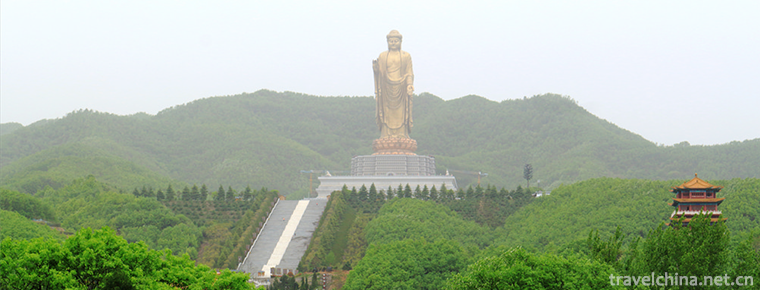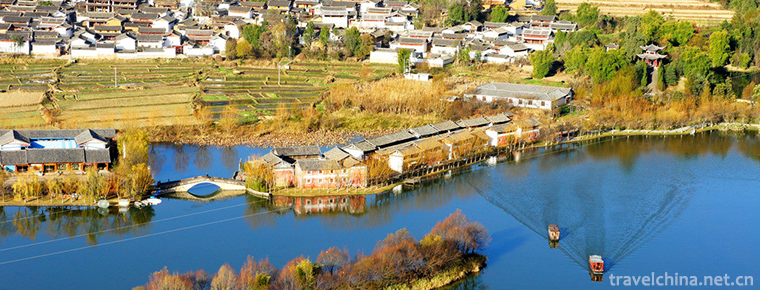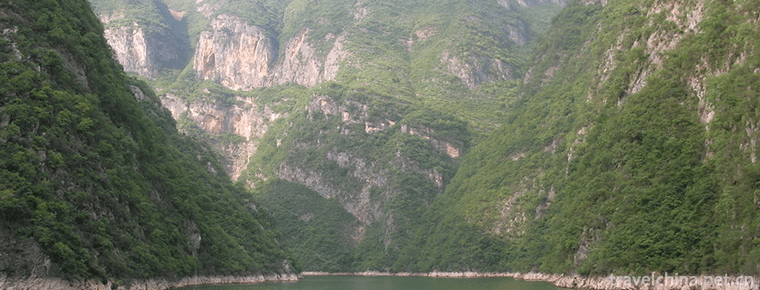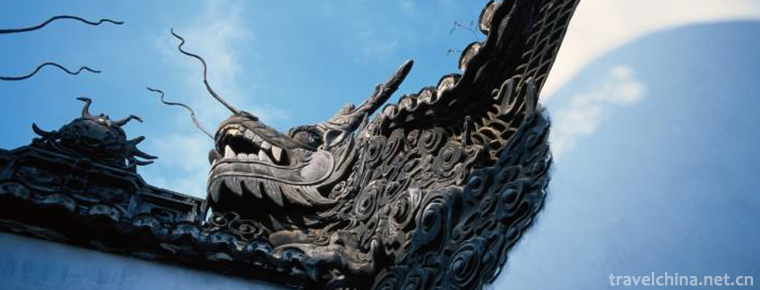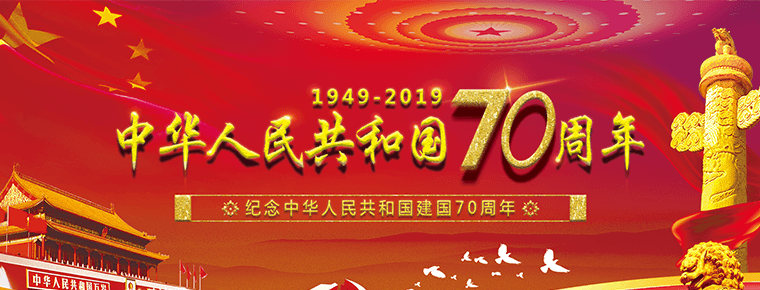Qingming Bridge Ancient Canal Scenic Area
Qingming Bridge Ancient Canal Scenic Area
Qingming Bridge Ancient Canal Scenic Area is located at the southern end of Wuxi city center, covering about 44 hectares of scenic area. The scenic spot is composed of two "Ya" millennial ancient rivers and two ancient streets along the rivers, which gather rich historical relics and humanistic landscapes.
Among them, the most famous one is the "Water Lane Hall in the South of the Yangtze River", which has the reputation of "Out-of-print Essence of the Ancient Canal". The sound of oars, shadows of lights, ancient bridges and houses along the coast constitute a natural picture of the ancient canal "folk customs and water painting outline". The ancient kilns, houses, streets, bridges, temples, pagodas, temples, alleys and wharfs in the Ming and Qing Dynasties can be regarded as a wonderful representation of Oriental culture.
introduce
Qingming Bridge Ancient Canal Scenic Area is located at the southern end of Wuxi City Center, covering an area of about 44 hectares. The scenic spot is composed of two "Ya" millennial ancient rivers and two ancient streets along the rivers, which gather rich historical relics and humanistic landscapes. Among them, the most famous one is the "Water Lane Hall in the South of the Yangtze River", which has the reputation of "Out-of-print Essence of the Ancient Canal". The sound of oars, shadows of lights, ancient bridges and houses along the coast constitute a natural picture of the ancient canal "folk customs and water painting outline". The ancient kilns, houses, streets, bridges, temples, pagodas, temples, alleys and wharfs in the Ming and Qing Dynasties can be regarded as a wonderful representation of Oriental culture.
Scenic Area Address
Address of scenic spot: junction of Jiefang South Road and Zhongshan Road, Wuxi City, Jiangsu Province (front square of Nanchan Temple)
Opening Hours
Opening hours: 8:30-21:30



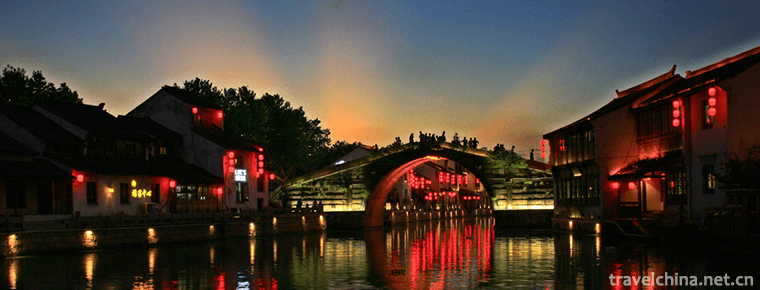
-
Steamed Lotus Root Stuffed with Glutinous Rice
Osmanthus sweet-scented glutinous rice lotus root, also known as honey juice glutinous rice lotus root, is one of the characteristics of the traditional famous spots in the south of the Yangtze River..
Views: 178 Time 2018-10-27 -
Zhongyuan Great Buddha Scenic Area
The Central Plains Buddha, located in Shangtang Foquan Temple, Zhaocun Township, Lushan County, Pingdingshan City, Henan Province.
Views: 180 Time 2018-12-09 -
Guanyin Gorge Scenic Area
Guanyinxia scenic spot is the entrance of Yulong Pass, one of the six major parks of Lijiang Bazi. It is located at the "Yulong Pass" of the three major parks of Lijiang Bazi and is known as.
Views: 268 Time 2019-01-13 -
Little Three Gorges
Wushan Xiaoxiao Three Gorges is the general name of Changtan Gorge, Qinwang Gorge and Sanzhuang Gorge on Madu River, a tributary of Dicuixia of Daning River. Wushan Xiaoxiao Three Gorges is known as t.
Views: 189 Time 2019-02-25 -
Fuzhou Reviews
Fuzhou dialect commentary is a unique traditional form of storytelling in Fuzhou dialect of Fujian Province, which is popular in Fuzhou, Fujian Hou, Yongtai, Changle, Lianjiang.
Views: 128 Time 2019-04-30 -
Jiangxi opera
Gan Opera is a traditional opera which sings high-pitched, random-play, Kun Opera and other tunes in a multi-tone way. The dialect used is Gan dialect. Its origin and predecessor.
Views: 91 Time 2019-04-30 -
Restoration Techniques of Ancient Architecture
Ancient buildings are an important part of historical relics in China. Protecting, restoring and renovating ancient buildings is one of the important tasks in the protection of cultural relics..
Views: 108 Time 2019-05-01 -
The 70th Anniversary of the Founding of New China
On January 11, 2019, the Third Plenary Session of the 19th Central Discipline Inspection Committee of the Communist Party of China opened in Beijing. Xi Jinping, General Secretary of the CPC Central.
Views: 601 Time 2019-05-04 -
Deyang climate
There are obvious differences in climate between the mountainous area in the northwest and the plain and hilly area in the southeast of Deyang City. The main climatic characteristics are: mild climate, four distinct seasons, abundant rainfall, long frost free period and obvious .
Views: 75 Time 2020-12-14 -
Leshan economy
In 2019, Leshan's GDP will reach 186.331 billion yuan, an increase of 7.6% over the previous year in terms of comparable prices. The industrial value increased by 24.288 billion yuan, with an increase of 24.288 billion yuan in the first value, and the second.
Views: 334 Time 2020-12-17 -
Nanchong landform
Nanchong terrain inclines from north to south, with an altitude of 256-888.8 meters. The main geomorphic types are hills, and 1 / 3 of them are high hills and low mountains, middle hills and valleys, and low hills and dams. The geomorphic types of the whole city.
Views: 321 Time 2020-12-17


